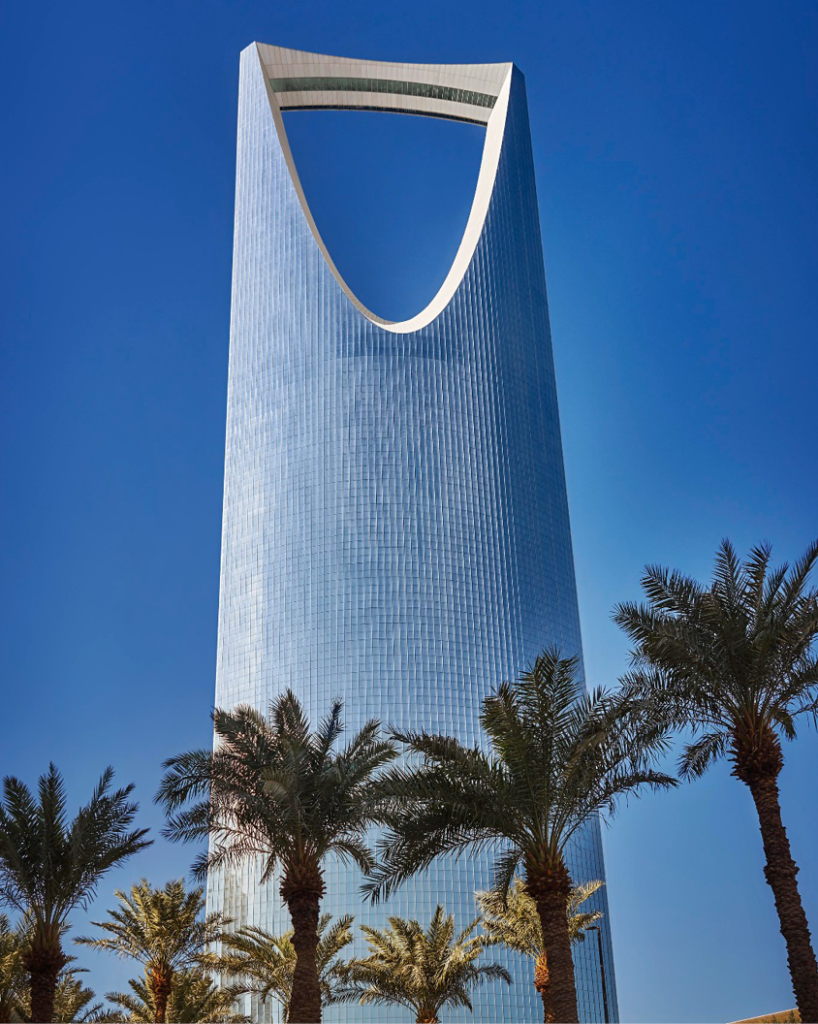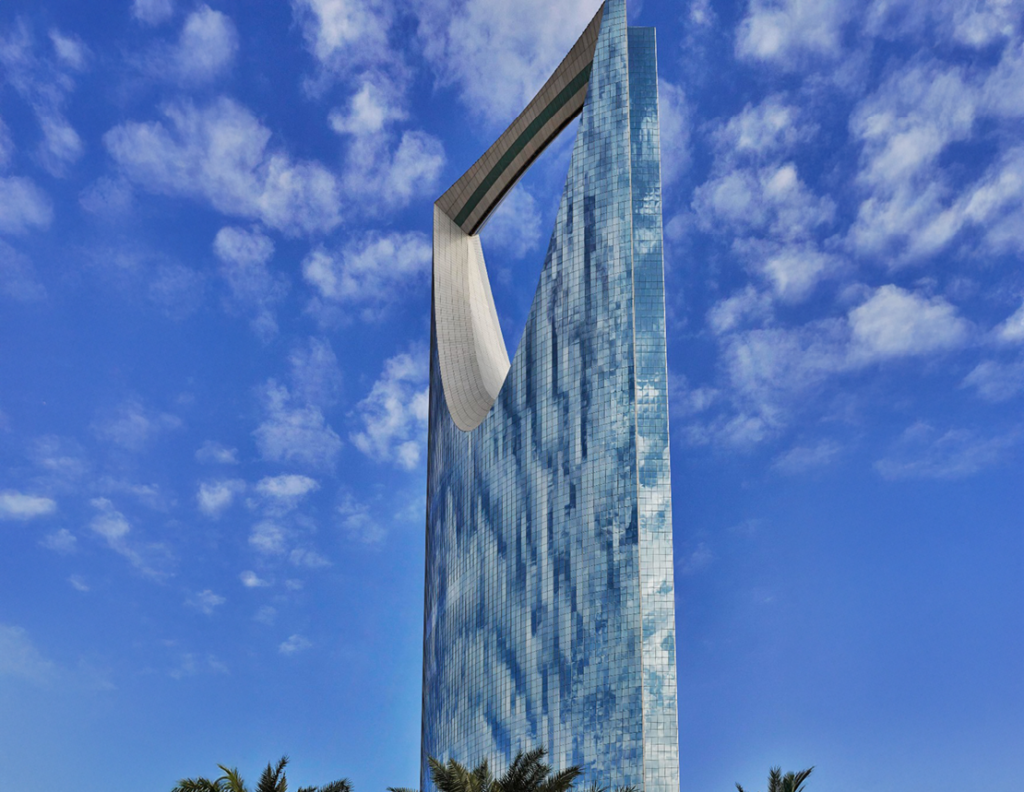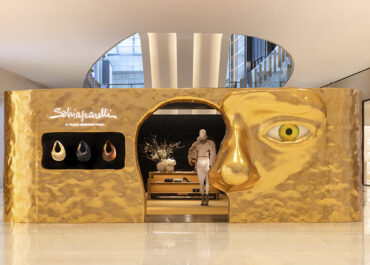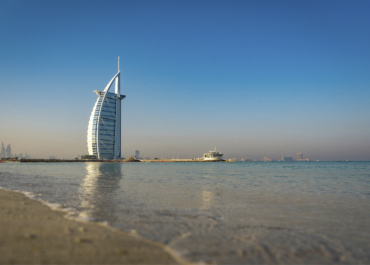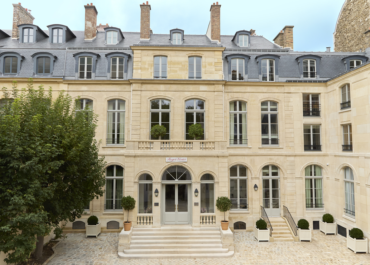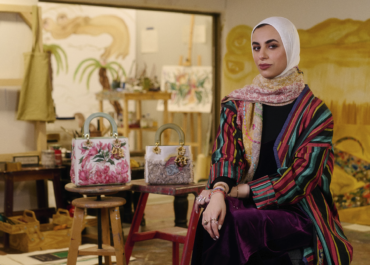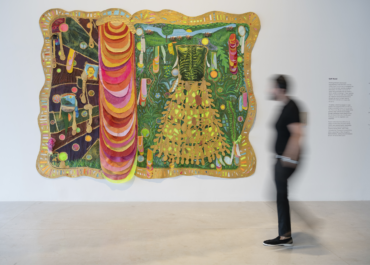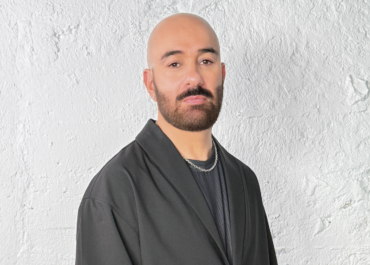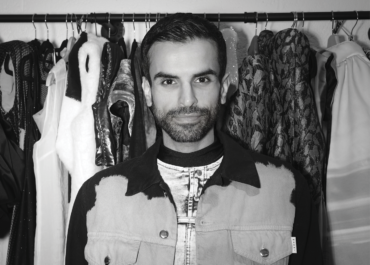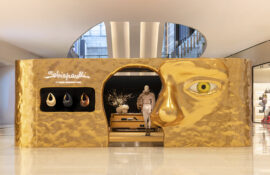With the National Day long weekend approaching, it’s the perfect time to plan a regional escape, especially if you love great design.
The Middle East is home to some of the world’s most striking hotels, where bold architecture, thoughtful details, and inspired interiors come together to create unforgettable stays. From sculptural silhouettes to design-led desert retreats, we’ve rounded up the best destinations for travellers who appreciate beauty in every line and curve.
Burj Al Arab, UAE
One of the most recognisable buildings in the world, the Burj Al Arab celebrated its 25th anniversary last December, reaffirming its status as both an architectural and hospitality icon. First opening in 1999, the property was conceived by British architect Tom Wright of WKK. The building’s sail-like form was envisioned as a contemporary symbol of Arabian modernity, paying homage to the emirate’s maritime past while propelling its skyline into the future. Rising 321 metres above the Arabian Gulf, the Burj Al Arab stands on a man-made island, 280 metres offshore. The engineering feat required over two years of land reclamation and the construction of a massive concrete foundation supported by 250 driven piles. Its slender, curved form was achieved through a double-skin Teflon-coated fibreglass façade, the first of its kind in the world, spanning over 10,000 square metres and capable of withstanding Dubai’s intense heat, humidity, and sandstorms. By day, the façade shimmers white against the blue of the Gulf; by night, it becomes a vast illuminated canvas, transforming the skyline with choreographed light shows. Every architectural detail was conceived to express movement and precision, from the helipad that has hosted tennis matches and concerts to the cantilevered Skyview Bar that projects 27 floors above sea level. The structure’s blend of symbolism, engineering, and spectacle established a new architectural vernacular for Dubai, one defined by vision, ambition, and impossibility realised.
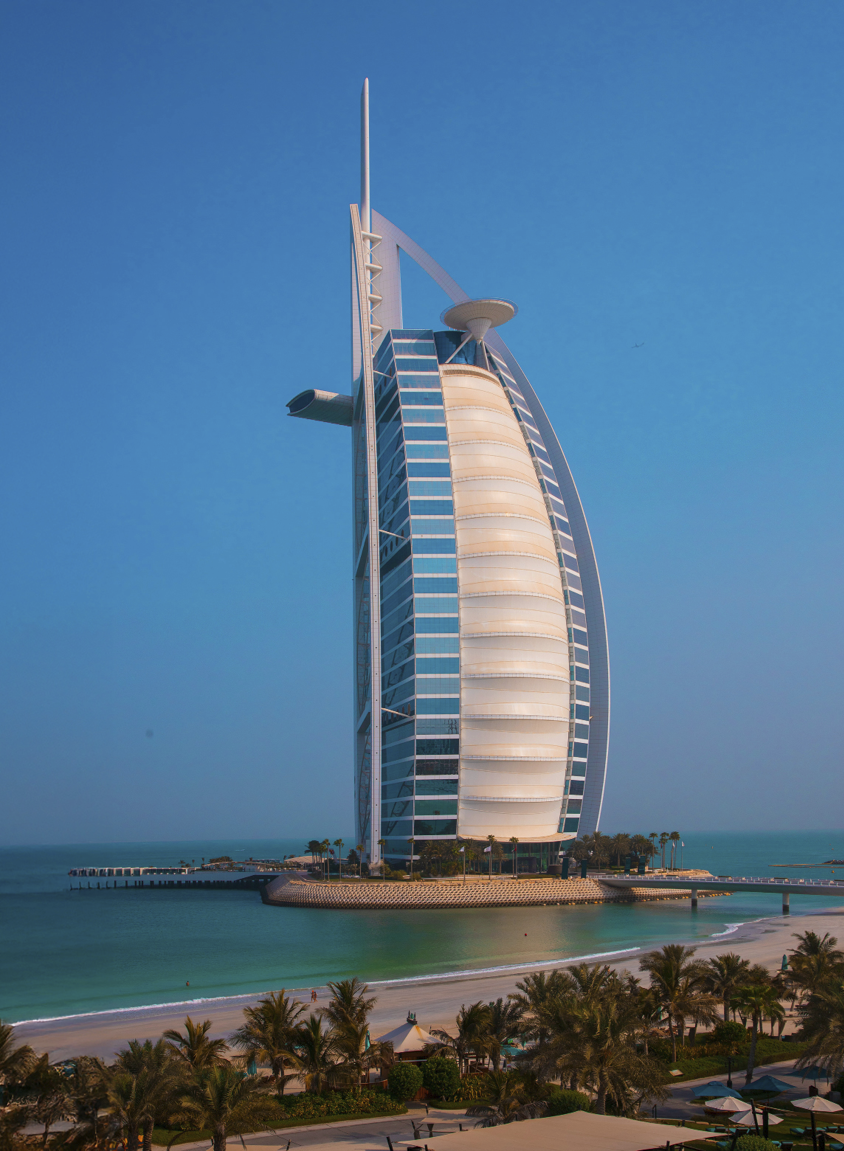
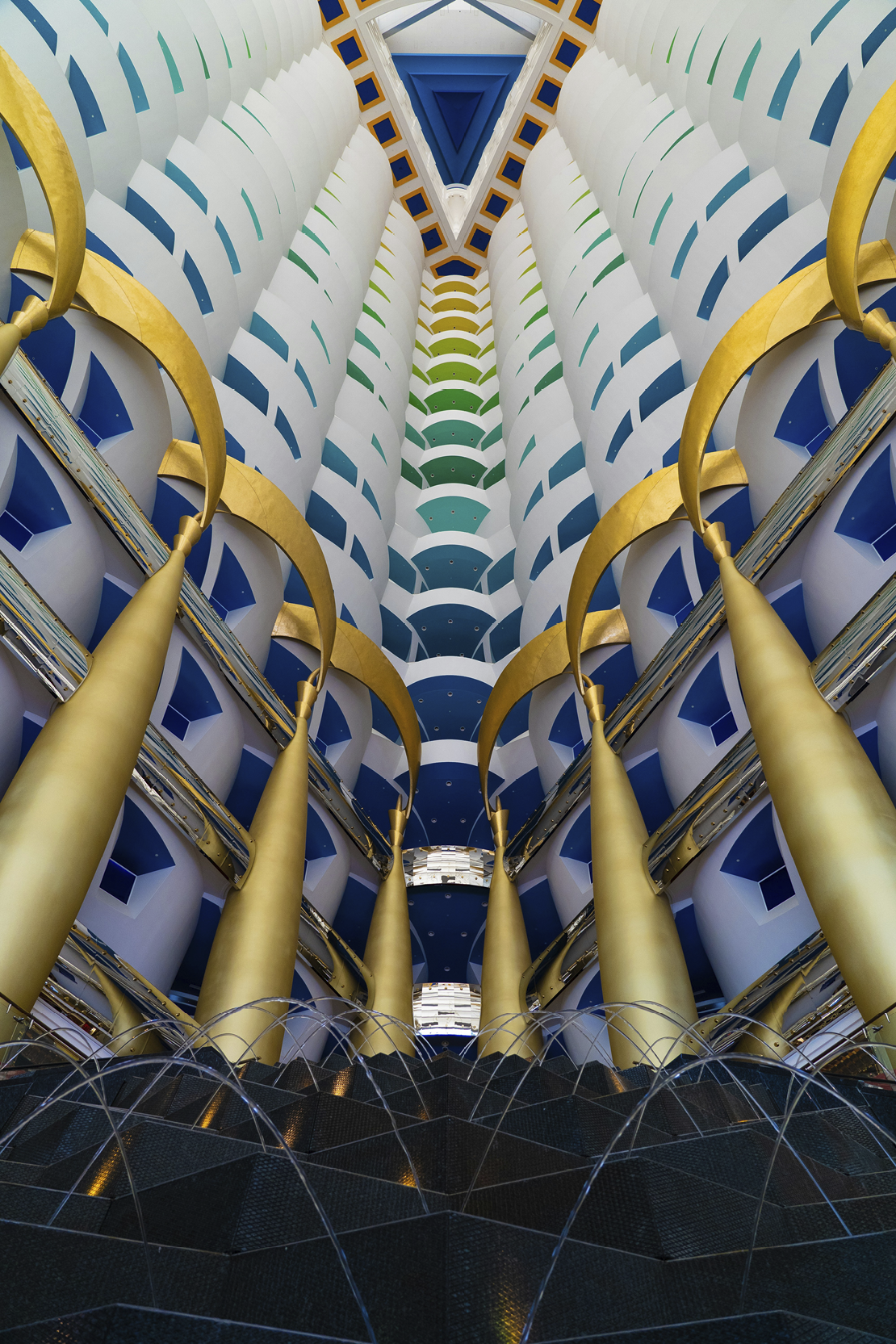
Raffles Doha & Fairmont Doha, Qatar
Rising above Lusail Marina with their instantly recognisable crossed-sword silhouette, Katara Towers stand as one of Qatar’s most ambitious architectural statements, and within them, Raffles Doha and Fairmont Doha together redefine contemporary luxury through design. The twin-arched structure, designed to resemble the national emblem of Qatar, embodies unity and progress, merging bold modernism with deep cultural symbolism. The curving façades of glass and steel reflect both the surrounding sea and the desert sun, transforming the skyline of Lusail into a landmark of national pride and architectural ingenuity. Inside, the Raffles Doha celebrates opulence and craftsmanship through an architecture of intimacy and grandeur. Its all-suite layout transforms each space into a private residence, framed by sweeping views of Doha’s skyline. The interiors combine sculptural forms with rich materials, marble, onyx, and gold detailing, creating an atmosphere that is both regal and contemporary. The soaring Katara Hall, crowned by a 22-metre-high ceiling, stands as an architectural marvel in its own right, combining spatial drama with refined symmetry and representing Qatar’s most elegant event setting. In contrast, the Fairmont Doha takes inspiration from the sleek lines of luxury yachts. Its architecture favours fluidity and movement, with rooms featuring curved walls, rich wood panelling, and shimmering gold mosaic details that evoke maritime craftsmanship. The use of natural light, reflected through expansive terraces and panoramic windows, reinforces a sense of openness and connection to the coastline.
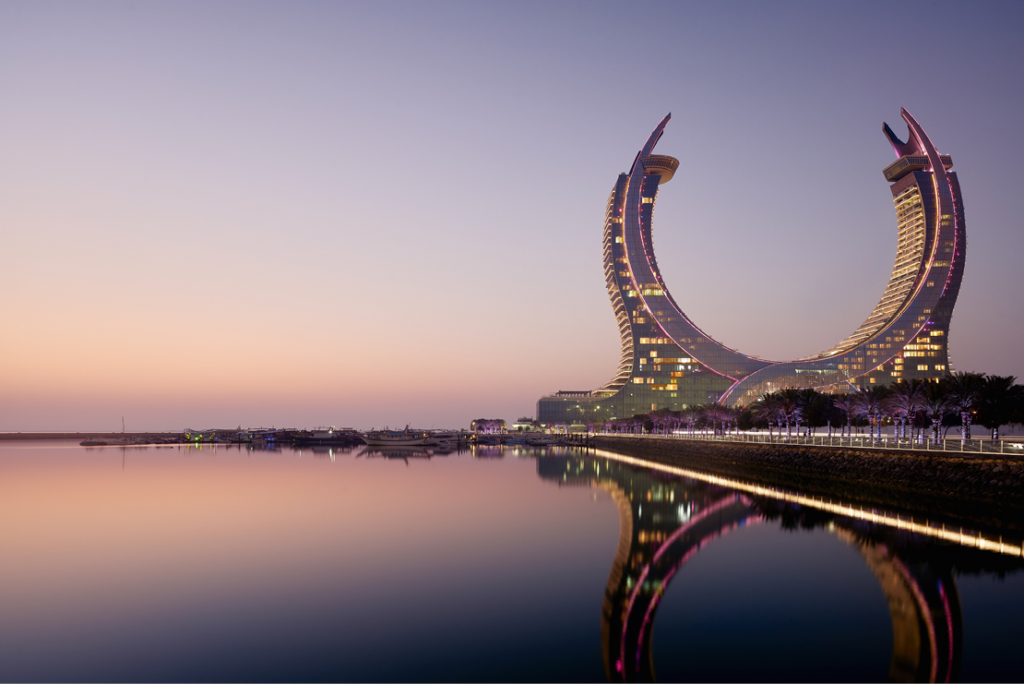
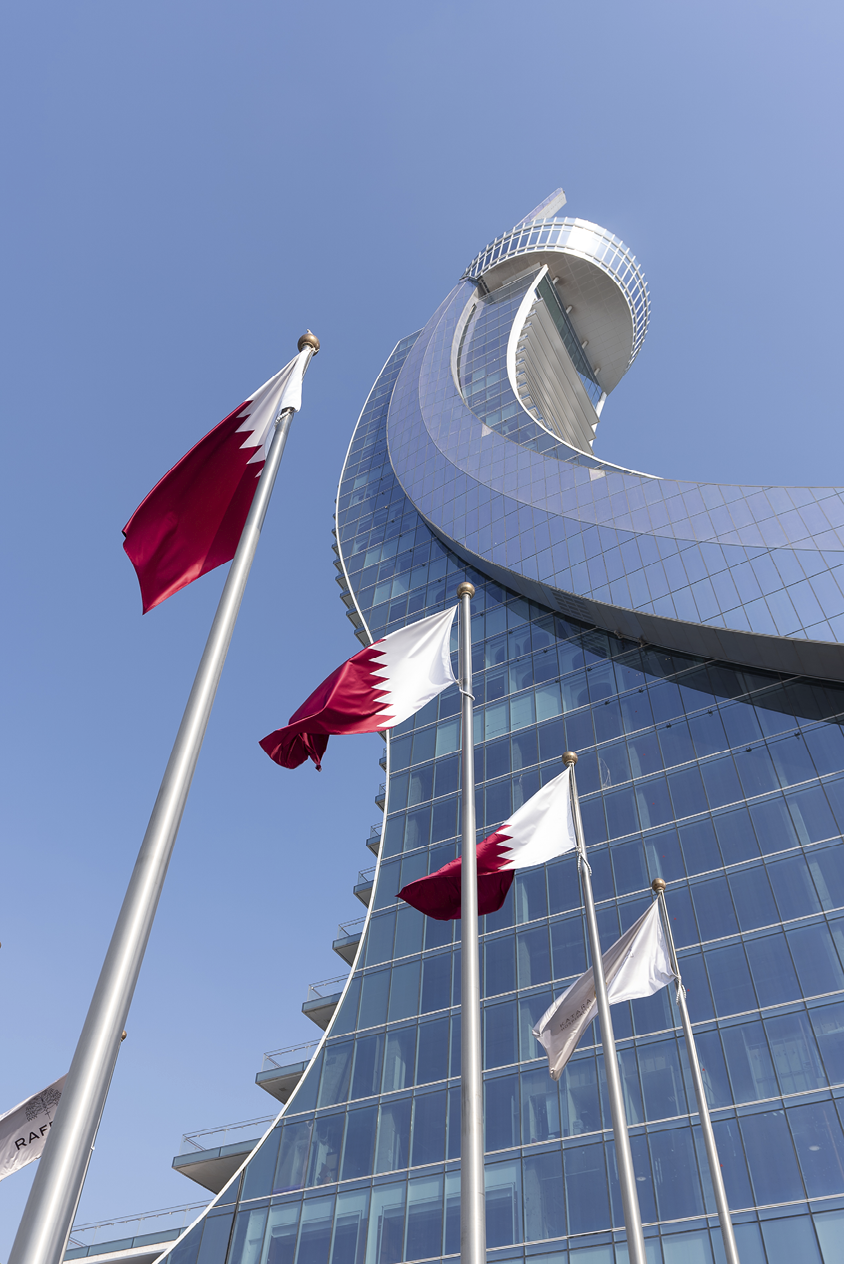
Alila Jabal Akhdar, Oman
Perched 2,000 metres above sea level on the Saiq Plateau, Alila Jabal Akhdar is a striking architectural homage to Oman’s rugged beauty and centuries-old building traditions. Surrounded by the dramatic escarpments of the Hajar Mountains, the resort is designed to blend seamlessly into its natural surroundings, employing locally sourced stone and traditional construction methods to create a dialogue between landscape and structure. Its seventy-eight suites and villas, ranging from 52 to 361 square metres, are carefully positioned to maximise sweeping canyon views while preserving guests’ privacy and the site’s natural contours. The architecture prioritises both aesthetic harmony and environmental responsibility. The complex is enveloped in thick stone walls built from rock excavated during construction, ensuring thermal insulation and reducing the need for mechanical cooling, an essential consideration in Oman’s arid climate. The resort holds LEED certification for its sustainable design, which integrates traditional Omani systems with modern engineering. Chief among these is the reinterpretation of the ancient aflaj irrigation network: a series of channels that collect and distribute water while naturally cooling the air through evaporation. This integration of vernacular wisdom and contemporary sustainability underlines the project’s architectural intelligence. Internally, the resort’s spaces combine rustic textures with understated luxury, polished timber, hand-carved details, and muted earth tones that mirror the mountain palette outside. The overall effect is one of quiet grandeur: a modern fortress of stone and light that feels deeply rooted in its environment. Far from imposing itself upon the landscape, Alila Jabal Akhdar appears hewn from it, a testament to how architecture can honour place and tradition while embracing innovation.
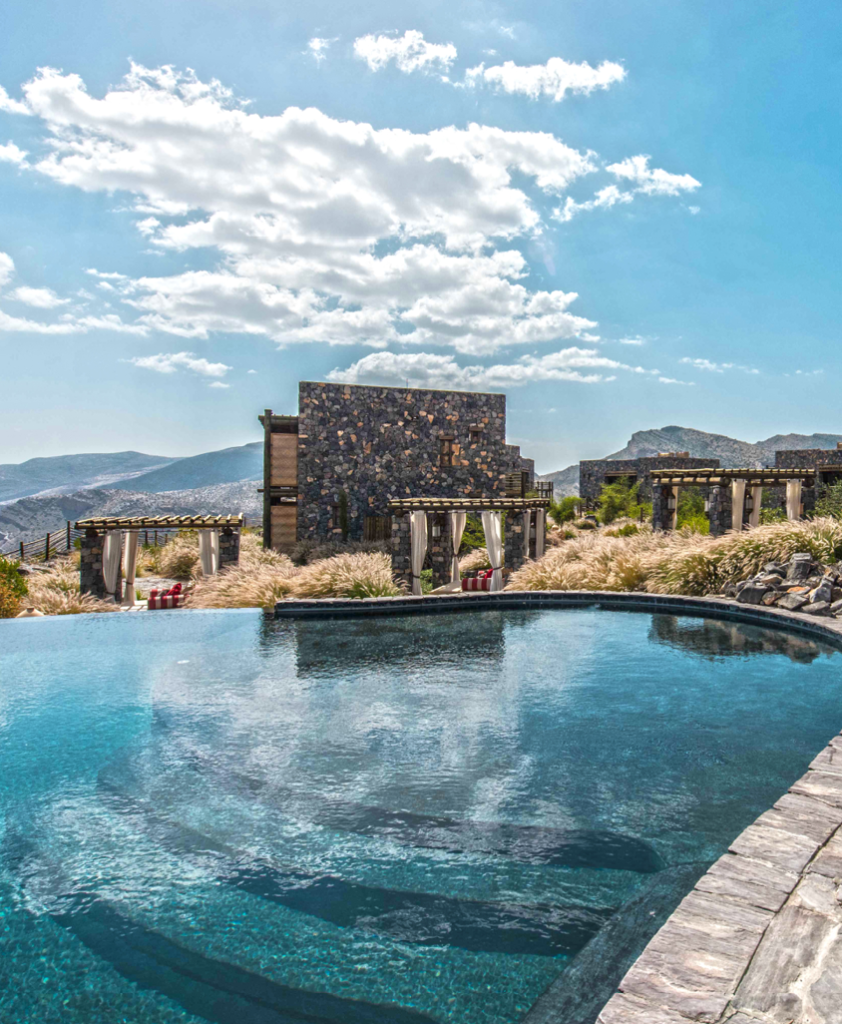
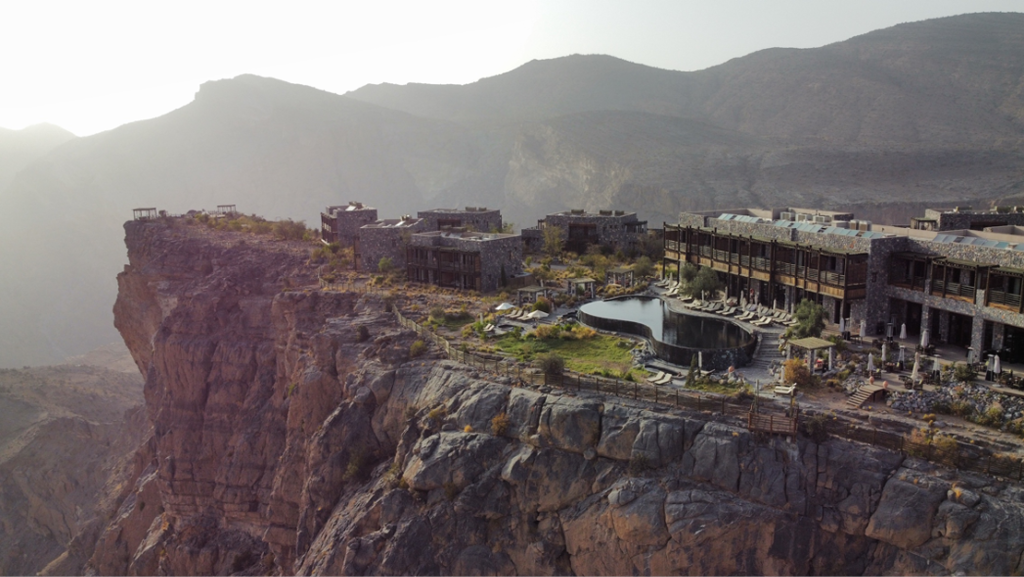
Armani Hotel, UAE
Nestled within the world’s tallest building and one of the planet’s most iconic architectural landmarks, the Armani Hotel Dubai occupies a unique place in both design and hospitality. Spread across 11 floors of the Burj Khalifa, the hotel is a study in how architectural scale and interior refinement can coexist seamlessly. The Burj Khalifa, designed by Skidmore, Owings & Merrill LLP (SOM) under consulting architect Adrian Smith, rises to 828 metres, its form inspired by the desert flower Hymenocallis. Its distinctive Y-shaped floor plan, developed to minimise wind loads and maximise light and views, provides the foundation for Armani’s understated yet luxurious aesthetic. The geometry of the tower, all flowing lines and tapering silhouettes, complements the calm precision of Giorgio Armani’s design language, creating an architectural dialogue between grandeur and restraint. Within this vertical city, the Armani Hotel occupies the lower levels, including the concourse, ground floor, and levels 1 to 8, 38 and 39. The interiors, personally designed by Giorgio Armani, mirror the building’s architectural rhythm: curving walls echo the tower’s sweep, while bespoke materials, from Japanese tatami to Venetian plaster, create a palette of neutral tones and textures that soften the Burj’s monumental structure. The hotel’s integration into the Burj Khalifa exemplifies a holistic approach to architecture and design. Rather than existing as a separate entity, it flows with the contours of the tower, becoming an intrinsic part of its vertical journey. The result is an environment where architectural innovation meets sartorial precision, a celebration of form, proportion, and detail that redefines luxury living at the very summit of global design.
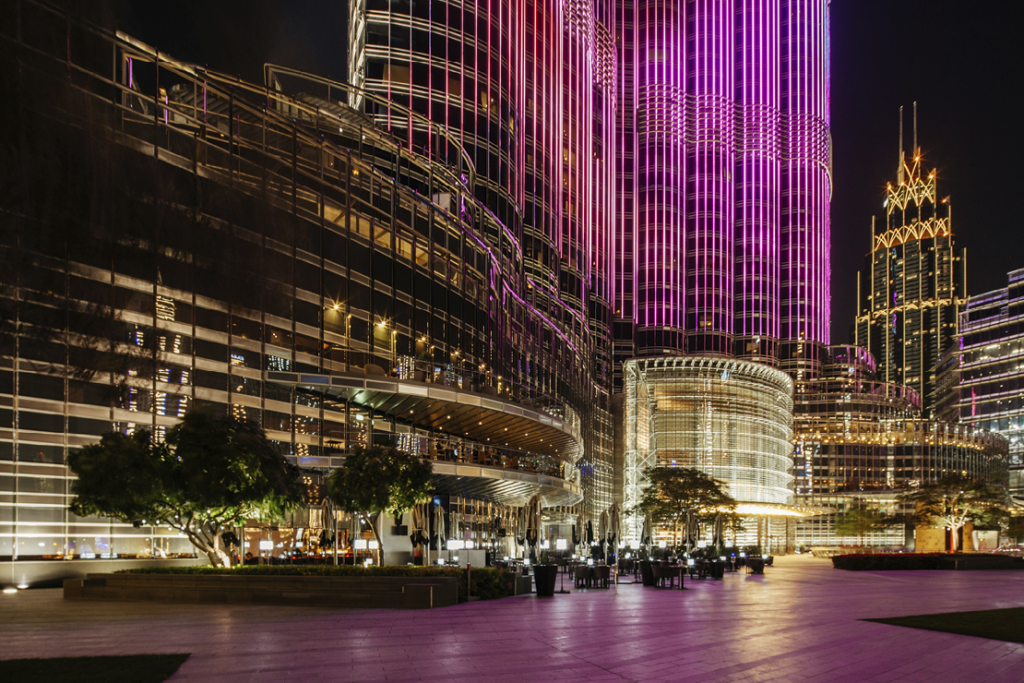
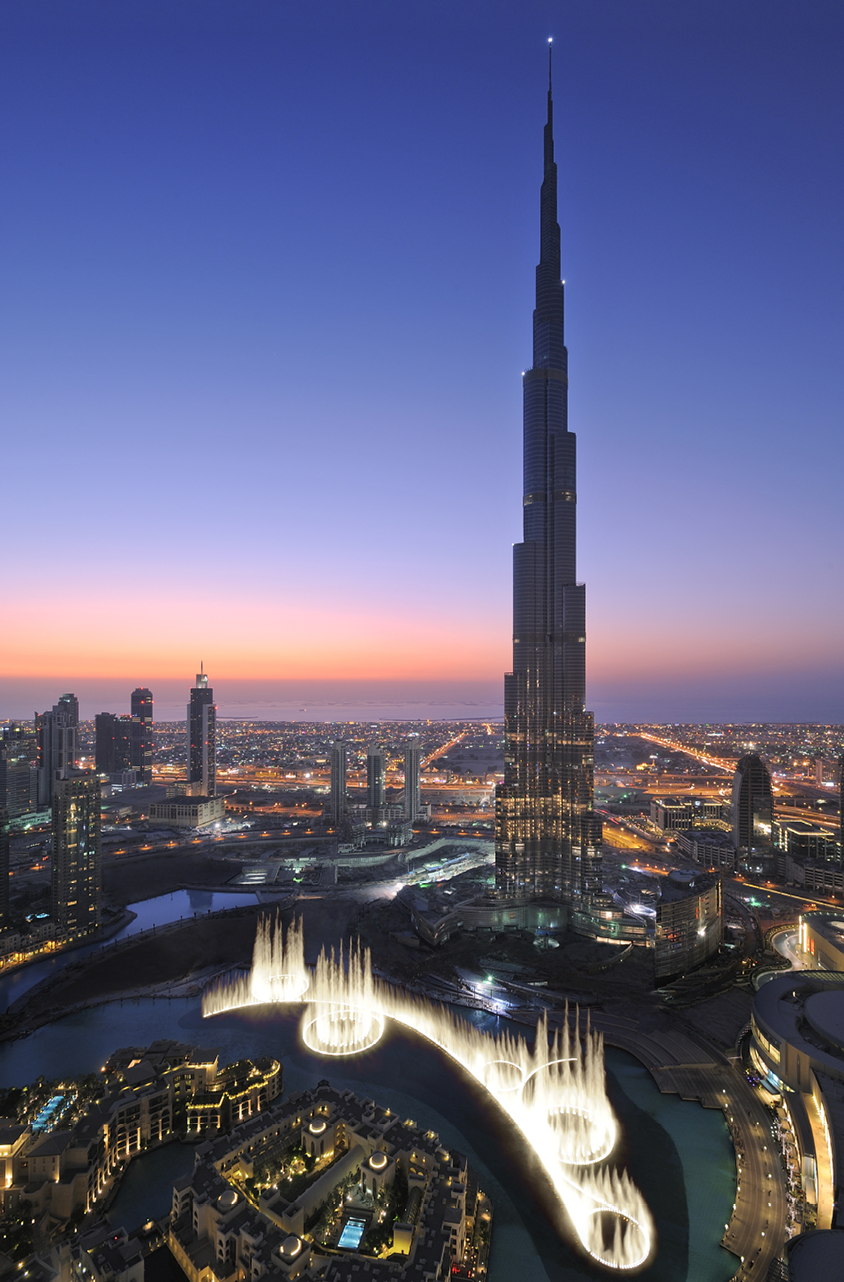
Raffles Al Areen Palace, Bahrain
Raffles Al Areen Palace, Bahrain, stands as a testament to refined Arabian architecture, where contemporary luxury harmoniously intertwines with Bahrain’s natural and cultural heritage. Opened in December 2023 as the kingdom’s first and only all-villa resort, it is conceived as a secluded palace amid tropical gardens, a modern interpretation of an ancient oasis. Set on the edge of the Al Areen Wildlife Park, the property’s 78 private pool villas are designed to offer intimacy and grandeur in equal measure. Each structure draws inspiration from traditional Middle Eastern forms, with domed roofs, latticed mashrabiya screens, and hand-carved wooden detailing that filters light in intricate arabesque patterns. The architectural rhythm echoes the poetry of the desert, calm, contemplative, and rich in texture, while modern technology discreetly enhances comfort and privacy. The landscaping plays a vital architectural role, softening the transition between built and natural environments. Pathways weave through palm groves, fountains, and reflective pools, creating a sense of continuous discovery. Native plants and home-grown produce flourish in the grounds, linking the palace’s kitchens and gardens in a sustainable dialogue with the land. Constructed using locally inspired materials and warm, earthen tones, the villas appear to rise organically from their surroundings. This deliberate integration blurs the line between interior and exterior space, shaded courtyards, collonaded walkways, and open-air lounges invite guests to experience Bahrain’s gentle desert light and evening breezes.
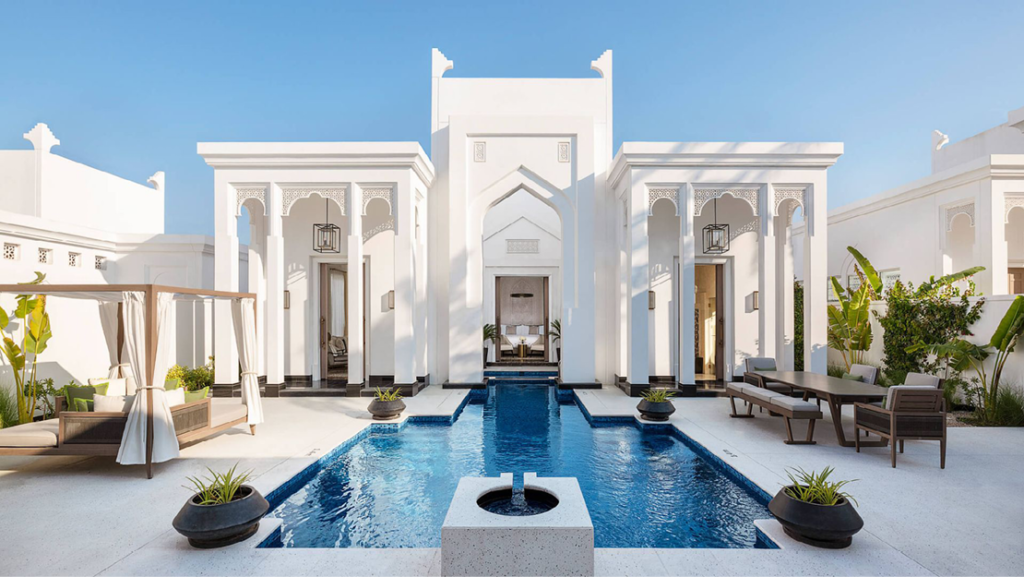
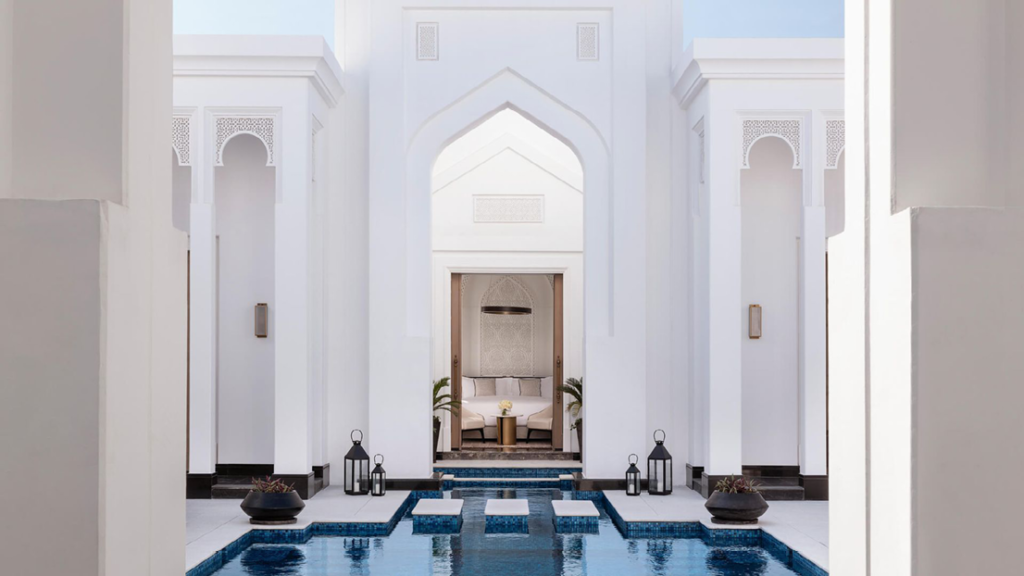
Four Seasons Hotel Riyadh, Saudi Arabia
Rising 302 metres above Riyadh, the iconic Kingdom Centre is home to one of the city’s most prestigious destinations, the Four Seasons Hotel Riyadh. Designed by Ellerbe Becket in collaboration with Omrania & Associates and completed in 2002, the tower embodies the ambition of modern Saudi Arabia, uniting innovative engineering with refined hospitality. Within its sleek, tapering form, the Four Seasons occupies several of the tower’s upper levels, where guests experience luxury framed by panoramic views of the capital through floor-to-ceiling glass. The hotel’s interiors echo the tower’s architectural language: contemporary minimalism softened by warm tones, polished stone, and subtle references to Arabian geometry. The most striking element of the Kingdom Centre remains its signature feature, the vast inverted catenary arch that carves through the crown of the building. Spanning this void, the illuminated sky bridge becomes both an observation deck and a symbol of openness, visible for miles across the Riyadh skyline. Structurally, the tower combines reinforced concrete for its lower portion with a tubular steel frame at the top to accommodate the complex geometry of the arch, while a high-performance glass façade ensures energy efficiency and a shimmering, reflective presence. For guests of the Four Seasons, the experience is immersive, the serenity of their rooms contrasts with the vertical dynamism of the tower itself. As the lights of Riyadh flicker below, the hotel within the Kingdom Centre stands as a statement of how architecture, design, and hospitality can converge to define the spirit of a modern metropolis.
